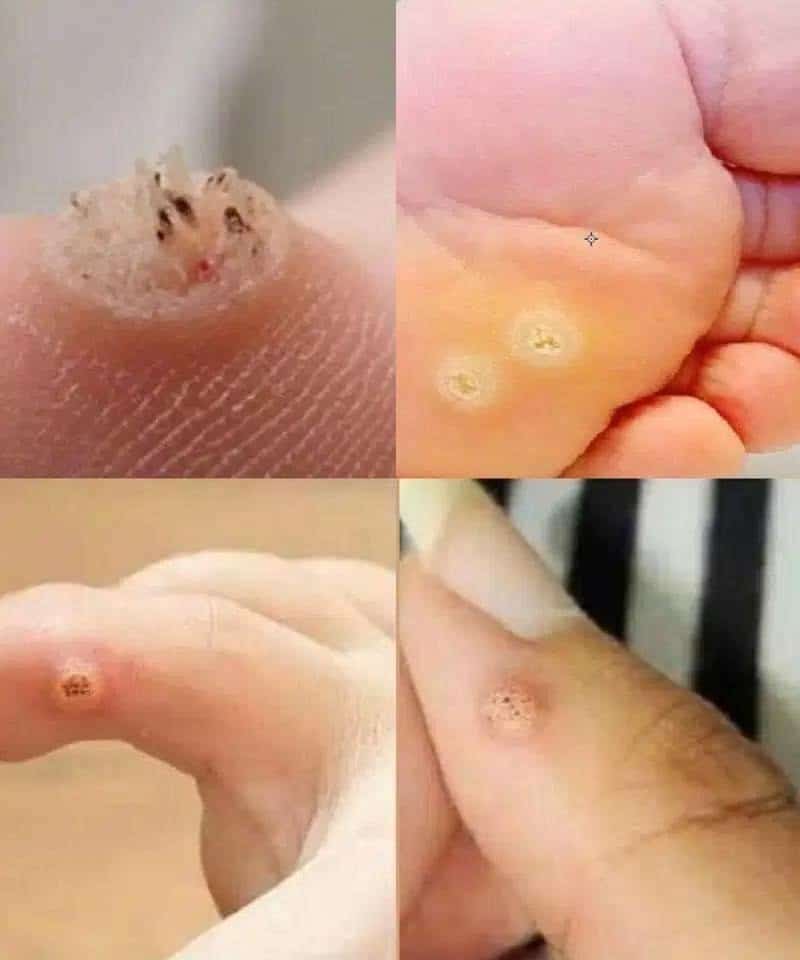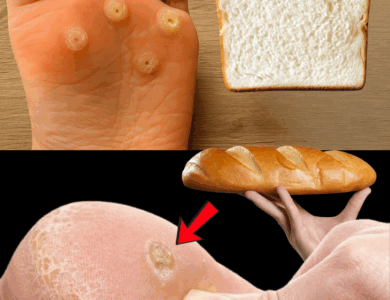Be very careful if it comes out in your mouth, you are!

Cold Sores: Causes, Symptoms, and Management
Cold sores—commonly called fever blisters—are a widespread viral infection most often caused by the herpes simplex virus type 1 (HSV-1). In some cases, herpes simplex virus type 2 (HSV-2) can also be responsible, typically through oral–genital contact. These sores are highly contagious and can spread easily through direct physical contact, such as kissing, or indirectly by sharing items like utensils, lip balm, or towels. Even touching an active sore and then another part of the body can transfer the virus.
An outbreak usually follows a predictable pattern. It begins with tingling or itching around the lips one to two days before symptoms appear. Soon after, small, fluid-filled blisters develop, which then break open into painful sores. These eventually dry out and scab over, healing within 7–10 days. The virus, however, never leaves the body—it remains dormant in nerve cells, reactivating when triggered by factors such as stress, excessive sun exposure, hormonal changes, illness, or a weakened immune system.
While there is no cure for cold sores, antiviral medications such as acyclovir or valacyclovir can shorten the duration and lessen the severity of outbreaks. Topical creams may also help speed healing. Over-the-counter pain relievers and moisturizing lip balms can reduce discomfort. Preventive steps include:
Avoiding close contact during outbreaks
Not sharing personal items
Using lip products with SPF to guard against UV triggers
Supporting immune health with a balanced lifestyle
Frequent, severe, or spreading outbreaks—especially in people with weakened immunity—should prompt medical attention.
A Surprising Connection: Oral Health and Alzheimer’s Disease
Recent research has uncovered a potential link between oral health and Alzheimer’s disease. Scientists have found that Porphyromonas gingivalis—a bacterium associated with gum disease—may play a role in Alzheimer’s development. Harmful enzymes produced by the bacteria, called gingipains, have been detected in the brains of people diagnosed with Alzheimer’s, as well as in individuals showing early disease markers before memory loss begins.
This suggests that bacterial brain infection could occur early in the disease process, potentially triggering the harmful changes seen in Alzheimer’s years before symptoms appear.
In animal studies, a compound known as COR388 reduced the buildup of toxic proteins and inflammation caused by this bacteria. While human trials are still underway, and no definitive treatment is yet available, this research offers promising new avenues—especially important since no new dementia therapies have been developed in more than 15 years.





